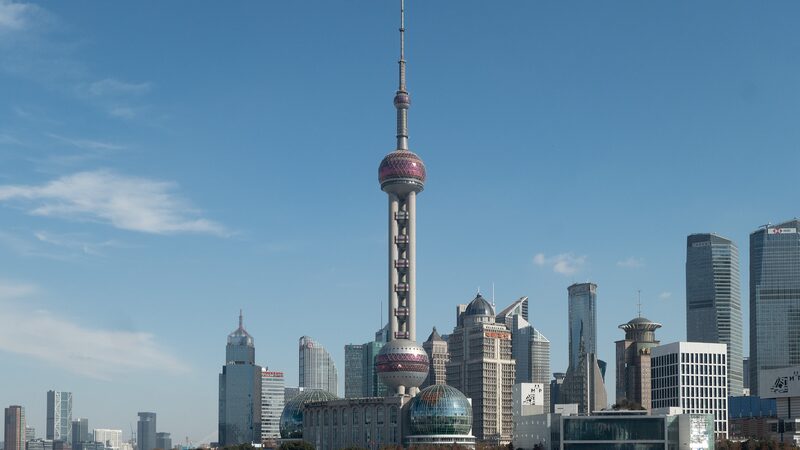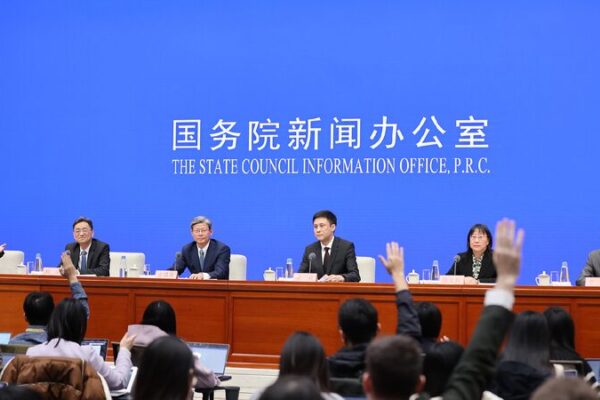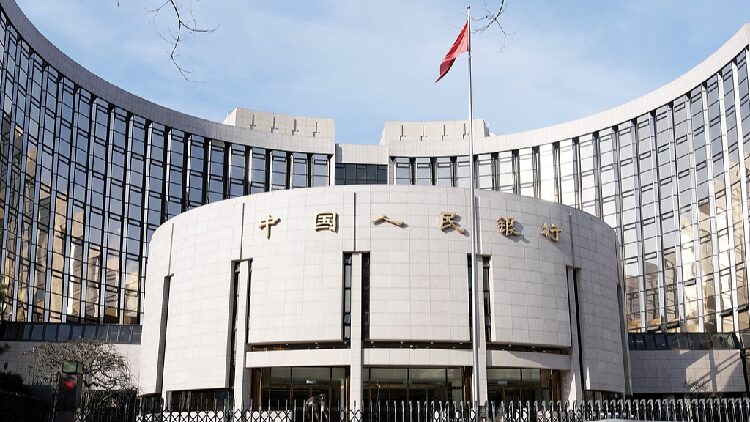China is setting its sights on 2025 with bold economic plans aimed at boosting growth and enhancing its role in the global economy. Amid a complex international landscape, these initiatives focus on stability, innovation, and expanding domestic demand.
At the heart of China’s strategy is maintaining stable economic growth. To achieve this, the government plans to implement more proactive fiscal policies and adopt a moderately loose monetary policy. This marks a shift from the “prudent” monetary stance maintained over the past 14 years.
On the fiscal front, China is prepared to increase its deficit ratio and expand fiscal expenditures. With a government debt-to-GDP ratio significantly lower than the global average, there is room to invest more in high-tech industries and strategic emerging sectors. This move is expected to optimize the industrial structure and promote high-quality development.
The monetary policy adjustments include timely cuts to the reserve requirement ratio (RRR) and interest rates, ensuring ample liquidity in the market. These measures aim to lower financing costs for businesses, stimulate market demand, and boost household consumption.
China is also focusing on optimizing its industrial layout. Traditional industries are encouraged to upgrade through technology and innovation, moving towards intelligent and green development. Meanwhile, emerging industries like artificial intelligence, robotics, and drone technology are set to become new engines of economic growth.
Regional development is another key aspect of the 2025 plan. By supporting central and western regions, China aims to balance economic growth across the country, reducing disparities between regions.
Stimulating domestic demand is crucial. To encourage consumer spending, policies such as lowering consumption taxes and raising personal income tax thresholds are being considered. Improving the consumption environment and service quality is also expected to boost consumer confidence.
Investment will focus on both major infrastructure projects and emerging industries. By coordinating fiscal and monetary policies, the government plans to leverage public investment to drive private sector involvement, particularly in high-tech and strategic sectors.
Finally, China is committed to deepening reform and opening up its economy. By enhancing the business environment and protecting the rights of foreign-invested enterprises, the country seeks to attract more global investment, injecting new momentum into its economic growth.
China’s ambitious economic plans for 2025 underline its determination to achieve stable, high-quality growth despite global uncertainties. As these strategies unfold, they could have significant implications not only for China but for the global economy as well.
Reference(s):
cgtn.com








